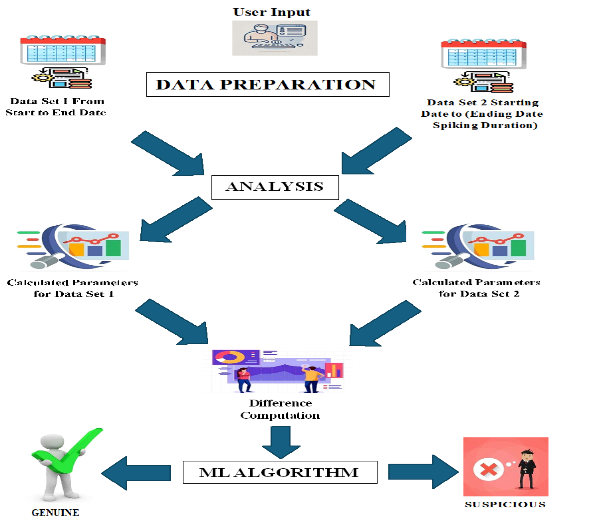Optimization of Fraud Detection Models for Safeguarding Customer Transactions
DOI:
https://doi.org/10.62019/54rznv53Abstract
Fraud detection has become a critical task in various industries, particularly in financial transactions, as fraudulent activities continue to evolve and pose significant economic threats. In this paper, the application of machine learning algorithms for the detection of fraudulent transactions in highly imbalanced datasets is explored. The fast-paced development of online transactions has prompted the need to create strong fraud detection systems to protect customer transactions. This paper delves into optimizing fraud detection models through sophisticated machine learning methods and ensemble techniques. We compare the performance of different classifiers, such as Logistic Regression, Random Forest, Decision Tree, Support Vector Classifier, and ensemble classifiers like Bagging, AdaBoost, and Gradient Boosting, in terms of accuracy, precision, recall, F1-Score, ROC-AUC, and log loss. Our findings show that ensemble classifiers, especially Bagging, AdaBoost, and Random Forest, perform near-perfect classification with AUC scores of 1.00, better than the conventional classifiers. Further, we tackle the issue of class imbalance and underscore the significance of model generalization using stratified K-Fold cross-validation. The results demonstrate that ensemble methods not only improve detection accuracy but also offer stable generalization, rendering them very effective for practical fraud detection purposes.

Downloads
Published
Issue
Section
License
Copyright (c) 2025 Muhammad Wajahat Ali, Waseemullah Nazir, Muhammad Qasim Memon, Muhammad Faraz Hyder, Aasma Memon

This work is licensed under a Creative Commons Attribution-NonCommercial-NoDerivatives 4.0 International License.






